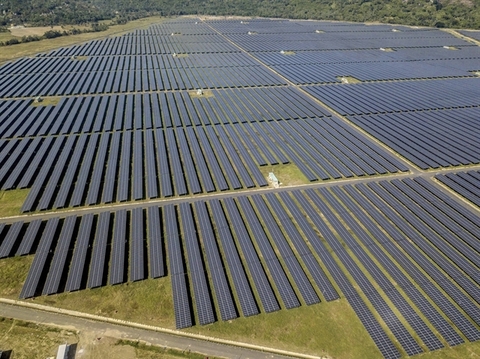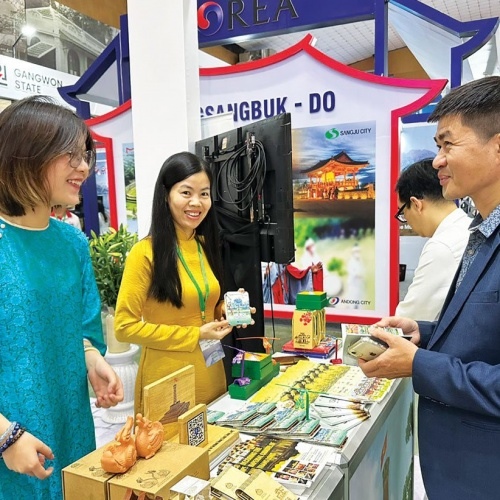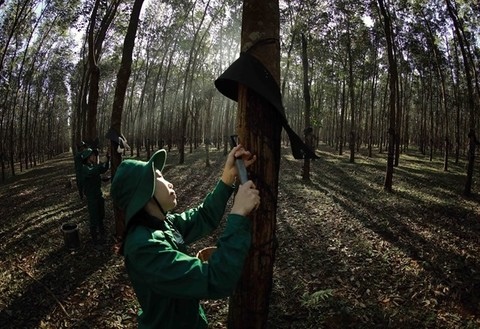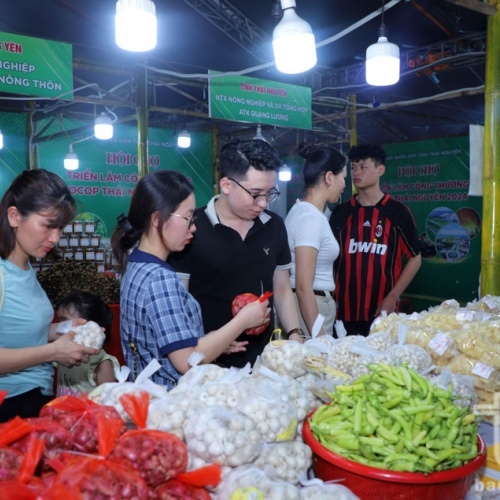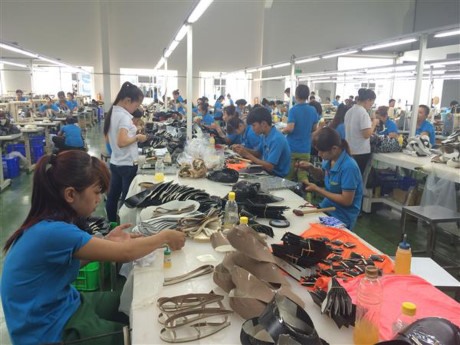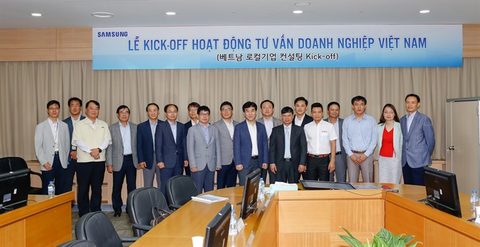Garment, textile exports expected to increase by 10 per cent
Garment, textile exports expected to increase by 10 per cent
Viet Nam’s garment and textile exports may increase by 10 per cent this year if there are not adverse fluctuations in the global market, according to the Viet Nam National Textile and Garment Group (Vinatex).
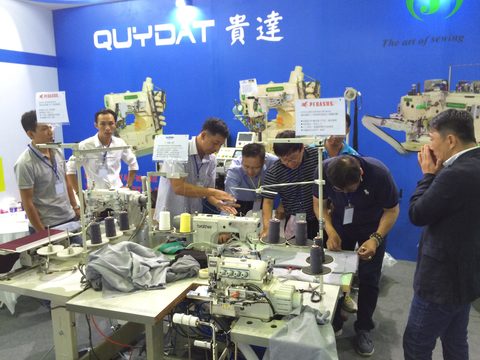
Pham Minh Huong, Vinatex’s managing director, said the garment and textile industry earned US$28.5 billion from exports last year, a year-on-year increase of 5.2 per cent.
Viet Nam has advantages in making products for middle-class customers. With prolonged economic difficulties in the world market in recent years, the number of mid-end orders also fell, and importers shifted to import cheap products.
That is why the industry’s growth rate fell last year, she said.
“But the number of orders increased significantly in the first months of the year, which is a good sign for the industry,” she said.
Viet Nam’s garment and textile sector has certain advantages, including diverse products, a higher level of quality and better skilled labour force than countries with a similar development level.
In addition, with its steady production, ensured quality and delivery time and services, as well as stable political situation, Viet Nam is considered a main destination for garment and textile products, she said.
Pham Xuan Hong, chairman of the HCM City Association of Garment Textile Embroidery and Knitting (AGTEK), told Viet Nam News that many enterprises have many orders until the second quarter of the year.
Enterprises were linking up each other to fulfill large orders, said Hong, who is also general director of Saigon 3 Garment Joint Stock Company.
Hong said Saigon 3 expected to enjoy a growth rate of 10 per cent this year, with Japan being its largest importer.
Both Hong and Huong believe that the industry’s value addition has been low since enterprises mainly do sub-contracting work for foreign buyers, lack design capacity, and rely on imported materials.
Domestic supply for fabric remains modest, Huong said, adding that domestic and foreign firms have invested more in fabric production to meet domestic demand.
Speaking at a conference held on the sidelines of Saigon Tex 2017 held in HCM City from April 5 to 8, many delegates urged enterprises to switch their production methods to FOB (free on board) and ODM (original design manufacturer) to add value to products.
Proceeding to higher production methods to enhance added value in products is an inevitable trend, said Nguyen Dinh Truong, deputy chairman of the Việt Nam Textile and Apparel Association.
Businesses should thoroughly prepare for such methods, focusing on material market research and producing on demand from their partners, he said.
Some delegates at the seminar said they were afraid that the garment and textile industry would not reach its export target for the year amid drastic competition.
In addition, the increase in labour costs has affected the competitiveness of businesses, said Le Quang Hung, chairman and general director of Sai Gon Garment Trading Joint Stock Company.
Huong said to retain competitiveness, enterprises need to invest more in modern technology with higher automation features to improve productivity, save energy consumption and protect the environment.
In addition, they should develop similar products that compete with countries that have competitive advantages in those items, she said.
Besides prices and quality, large buyers have also paid attention to environmental requirements of products when they seek suppliers, she said.


